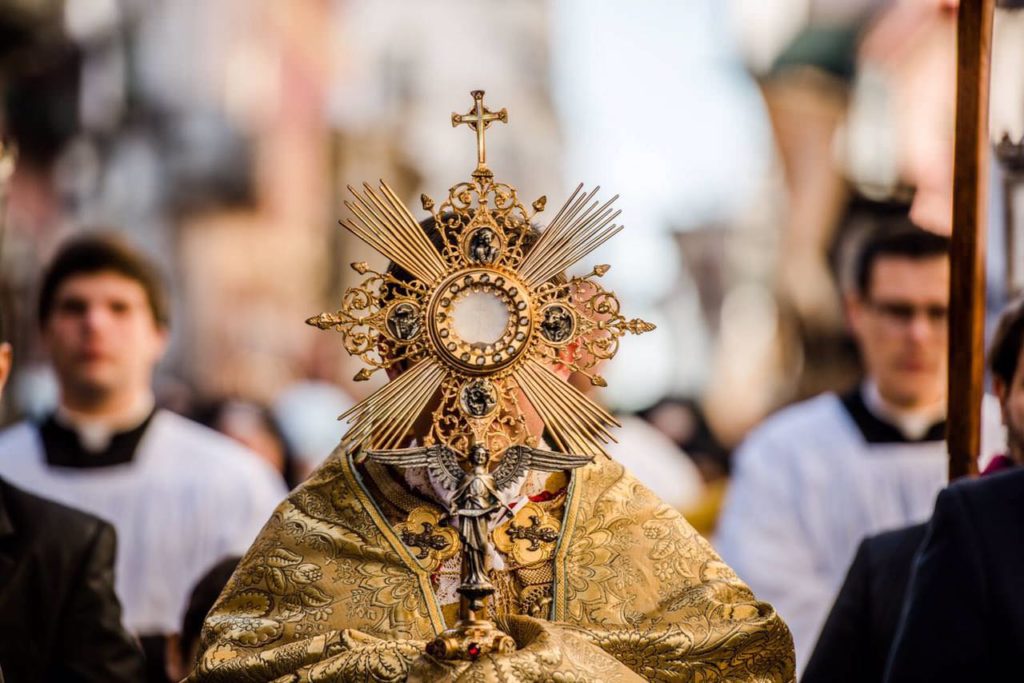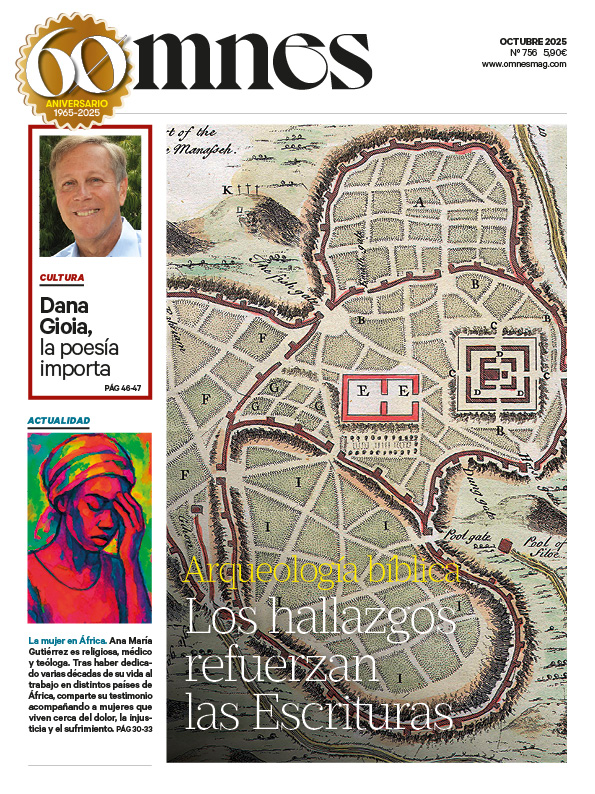The miracle of the multiplication of the loaves and fishes is narrated by Luke after the return of the apostles, their accounts of the mission and Jesus' invitation to withdraw together to Bethsaida. But the crowds noticed and followed him. Jesus "welcomed".
This attitude of Jesus, which is not read in the liturgy, contrasts with the attitude of the Twelve, who want to induce Jesus to "send away" the crowd. Jesus "welcomes" and does not "send away" his apostles, and listens to the problem of the lack of food that they present to him. But he wants to solve it by changing the attitude of the hearts of his own.
At first, Luke calls them "the Twelve"They are the pillars of his church, concerned with public order. Jesus calls them to a different way of acting, emphasizing the "feed them yourselves".. The Twelve are once again "disciples", as Luke calls them immediately afterwards: they learn again from Jesus.
They compromise: they count the five loaves and the two fish, they realize that it is nothing, but they are also willing to go and buy food for everyone. But they have understood that they do not have to send anyone away. Jesus orders them to organize the people into groups of fifty.
They obey. They could have given food to each individual person, but these groups of fifty are an image of the first Christian communities that, in coming together, manifest their hunger for Christ and their hope of being fed by him, and suggest to us that Jesus wants the Church to live as a family.
It is no longer a matter of an indistinct multitude or isolated individuals, but of a concrete and organized community.
The resonances of the story are Eucharistic: "the day was beginning to decline", as at the hour of the Last Supper or when the two at Emmaus invite Jesus to stay.
With regard to the gestures of the institution of the Eucharist, there is one more gesture: that of raising one's eyes to heaven, as in the Gospel of John at the beginning of the priestly prayer, and which the celebrant repeats before the consecration, in the Roman Canon.
For the other gestures there is complete correspondence: Jesus takes, prays, breaks and gives. He takes the loaves, then the fish, recites the blessing over them, breaks them and gives them to the disciples.
The same sequence appears in Luke's account of the Last Supper. In Paul's account, which is older, the gesture of giving the bread to the apostles is implicit.
Here are twelve baskets of leftovers. The disciples continue to learn, by the weight of those baskets they carry, that if they are docile to the master and give all the little they have, there will never be lacking, indeed, there will be an overabundance of Eucharistic food with which to feed the Church, which, as "twelve", they are called to lead.
Homily on the Corpus Christi Readings
The priest Luis Herrera Campo offers its nanomiliaa small one-minute reflection for these readings.







